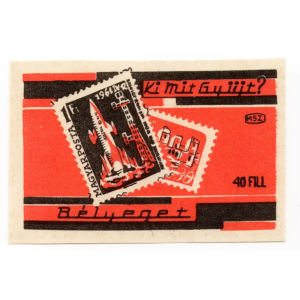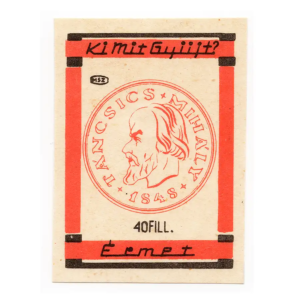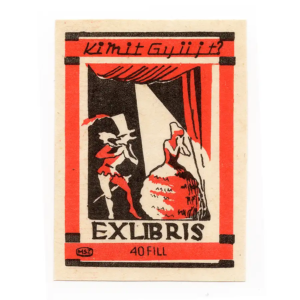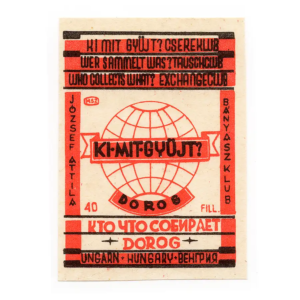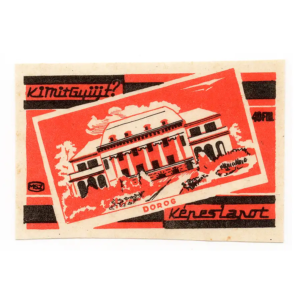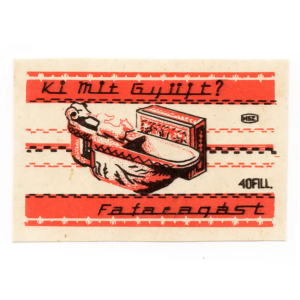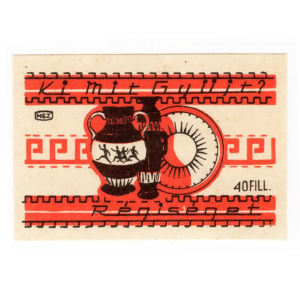Refine the gallery view by selecting the tag below:
In Soviet Hungary, hobbies were deeply shaped by state policies and the era’s socio-cultural dynamics. Sports were among the most popular pastimes, heavily promoted to foster physical fitness, discipline, and a sense of collectivism. Soccer, gymnastics, and table tennis thrived thanks to state-sponsored programs, accessible facilities, and organized competitions. Mass sports events, such as Spartakiads, brought communities together, making athletics a widespread and cherished activity.
Swimming and cycling were also beloved hobbies, supported by Hungary’s rich natural resources, such as lakes and scenic countryside. Winter sports like ice skating gained popularity in colder regions, while rowing flourished in areas near the Danube and other rivers. These activities not only promoted health but also aligned with the government’s vision of a united and active population.
Beyond sports, hobbies like collecting and modeling were immensely popular. Collecting stamps, coins, or postcards provided a way to explore history, geography, and art, often seen as an educational pastime that encouraged curiosity. It was an affordable hobby, accessible even to children, with organized clubs and events fostering social interaction.
Modeling—whether building model airplanes, ships, or trains—was another widespread activity. Supported by schools and youth organizations, modeling emphasized creativity, technical skills, and patience. These hobbies were viewed as constructive and aligned with socialist values, often promoted through competitions and workshops.
Other pursuits like folk dancing, chess, and music highlighted the cultural and intellectual dimensions of leisure time. The government actively supported these activities, as they reflected Hungary’s heritage and intellectual achievements. Together, these hobbies not only entertained but also reinforced a collective identity and the values of the era.
